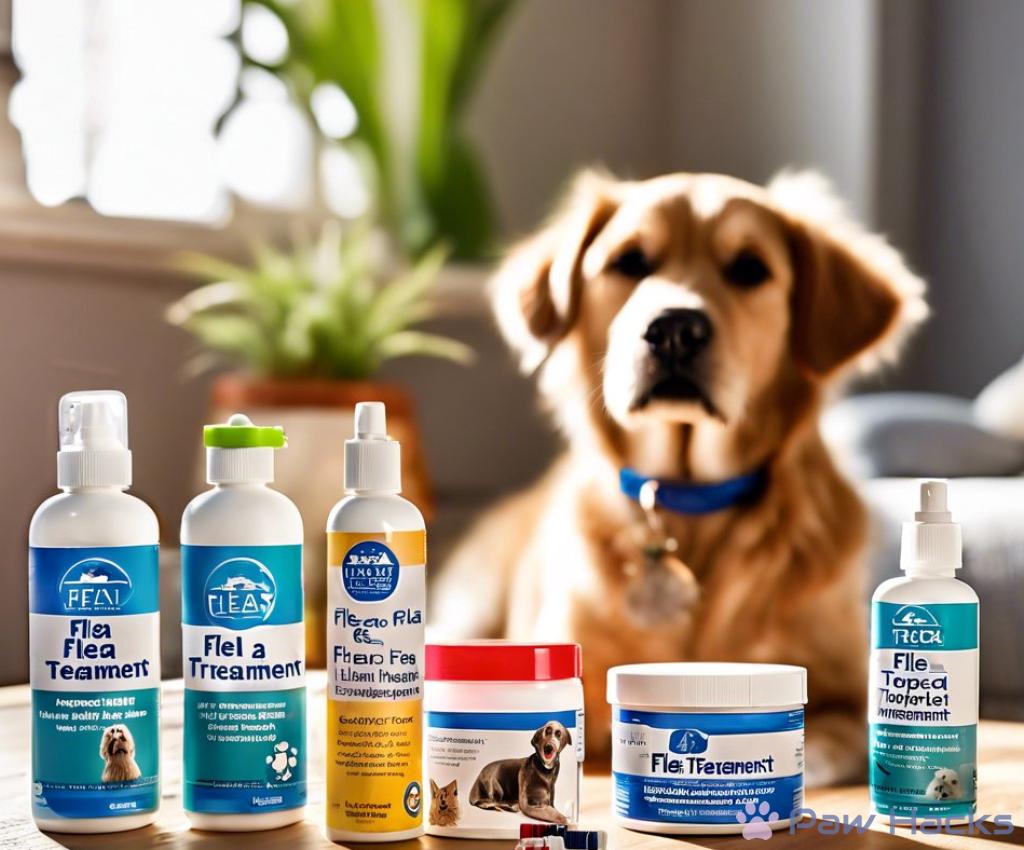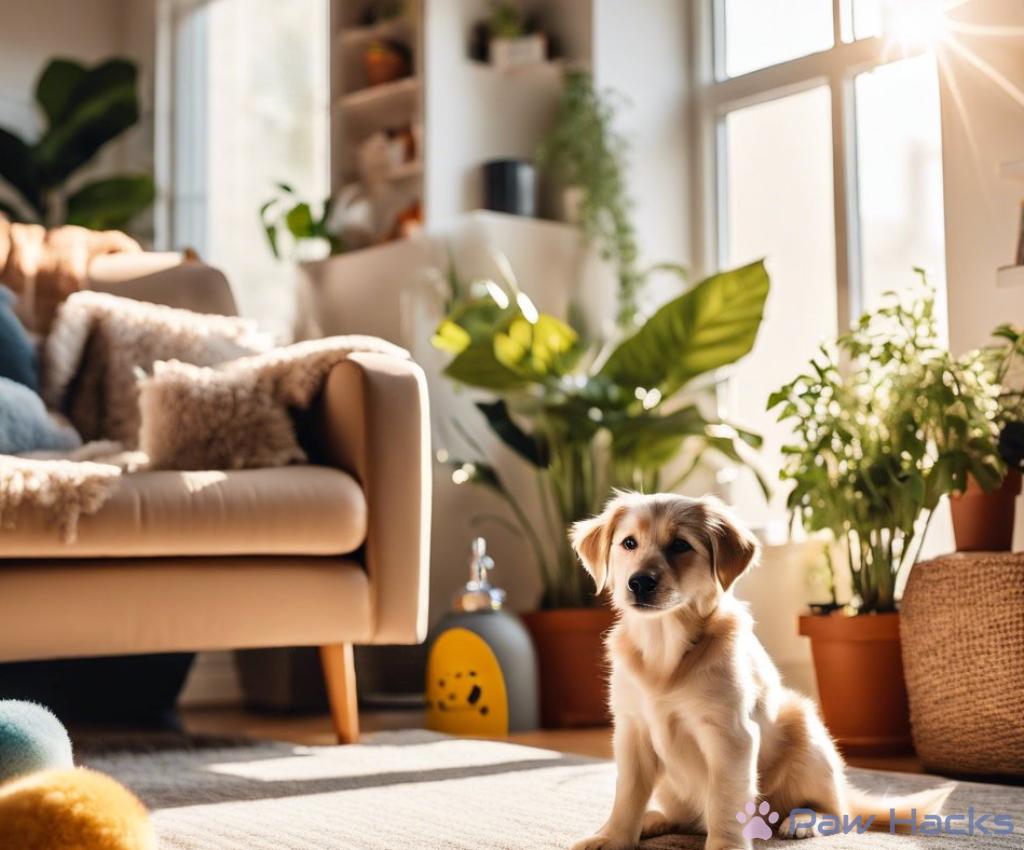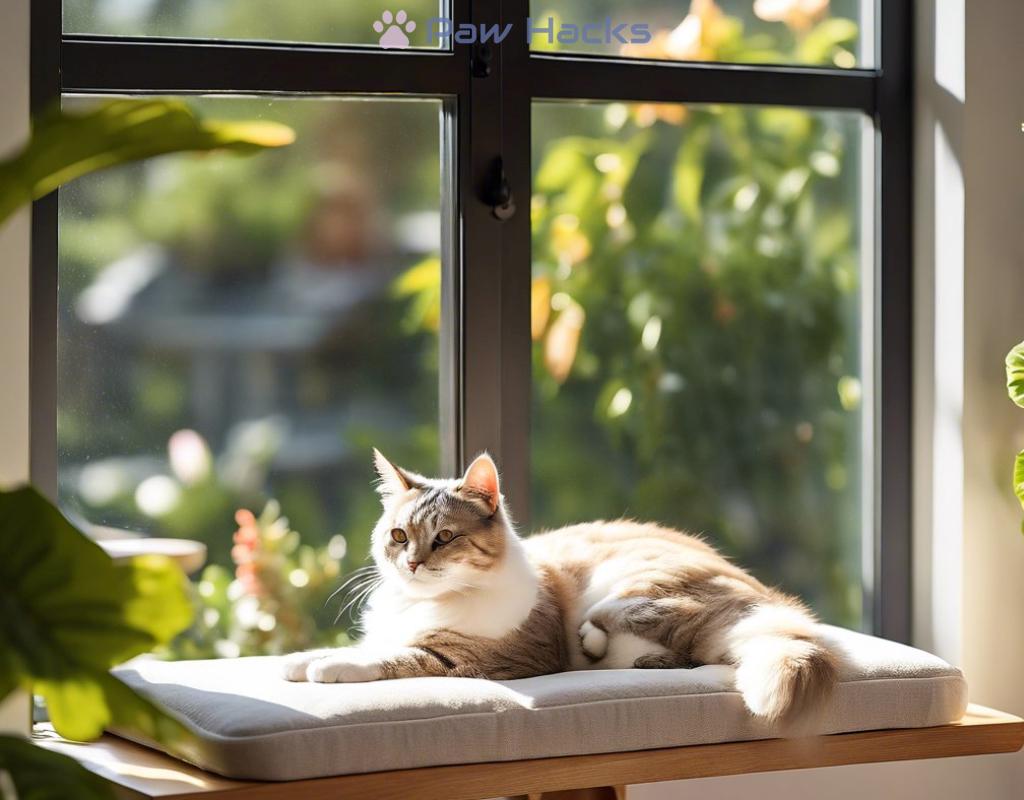Best Flea Treatments for Multi-Pet Households
Top Flea Treatments That Work Wonders for Your Pets

Fleas can be more than just a nuisance; they can affect the health and happiness of your beloved pets. In multi-pet households, the challenge of controlling fleas multiplies, as these pesky parasites can easily transfer from one furry friend to another. Identifying effective flea treatments is essential to ensure that all your pets are safe and comfortable.
When it comes to selecting flea treatments, it’s crucial to consider options that are safe for all pets in your home. Here are some top treatments that have proven effective:
- Topical Treatments: These are applied directly to your pet’s skin and can provide long-lasting protection. Brands like Frontline and Advantage are popular choices.
- Oral Medications: Pills like Comfortis or NexGard offer a systemic solution, killing fleas quickly. These are great for pets that might not tolerate topical applications.
- Flea Collars: Products such as Seresto provide continuous protection over several months, making them a convenient option.
- Flea Sprays: These can be used on pets and around your home to kill fleas on contact. Adams and Vet’s Best offer effective solutions.
Choosing the right treatment can be overwhelming, but understanding the differences can help. Below is a comparison of popular flea treatments:
| Type | Duration of Effectiveness | Application Method | Pet Compatibility |
|---|---|---|---|
| Topical Treatments | 1 month | Applied to skin | Dogs, Cats |
| Oral Medications | 1 month | Swallowed | Dogs, Cats |
| Flea Collars | 8 months | Worn around neck | Dogs, Cats |
| Flea Sprays | Variable | Sprayed on fur | Dogs, Cats |
By comparing effectiveness, application methods, and pet compatibility, you can make an informed decision that best suits your household.
How to Create a Flea-Free Home for Your Furry Family

Creating a flea-free environment requires a proactive approach that involves regular maintenance and vigilance. One of the first steps is to establish a consistent routine for your pets, including regular flea treatments. By using effective flea treatments as discussed previously, you can significantly reduce the chances of an infestation. It’s essential to ensure that all pets in the household are treated simultaneously, as fleas can easily jump from one animal to another, perpetuating the cycle. Regular baths and grooming sessions can also play a vital role in keeping your pets clean and free from pests.
Beyond treating your pets, cleaning your home is crucial for eliminating fleas and their eggs. *Fleas thrive in warm, humid environments*, making your carpets, upholstery, and pet bedding prime locations for them to settle. Vacuuming frequently is one of the best defenses against fleas, as it removes the adult fleas, larvae, and eggs that may be hiding in your home. After vacuuming, make sure to dispose of the vacuum bag or empty the canister outside to prevent any fleas from escaping back into your living space. Additionally, washing your pet’s bedding and toys in hot water can help eradicate any lingering pests.
In addition to treating your pets and cleaning your home, consider implementing environmental controls to further protect your living space. This could include using flea traps that attract and capture fleas, or incorporating diatomaceous earth into the carpets and pet areas, which can be effective in killing fleas while being safe for your pets. Furthermore, consider treating your yard, as outdoor fleas can easily find their way indoors. Utilizing outdoor flea treatments can help create a barrier, ensuring that your furry family members remain safe both inside and out. By combining these strategies, you can create a comprehensive plan to maintain a flea-free home for your beloved pets.
Natural Remedies: Safe and Effective Flea Solutions for Multiple Pets
When managing a multi-pet household, finding flea treatments that are both safe and effective is crucial. Many pet owners are turning to natural remedies as an alternative to chemical treatments, seeking solutions that can protect all pets in the home without compromising their health. Here, we explore some natural approaches that can help keep fleas at bay while ensuring your furry family members remain safe and happy.
One of the most popular natural remedies for fleas is the use of essential oils. Certain oils have proven to be effective in repelling fleas while being safe for your pets when used properly. However, it’s important to note that some essential oils can be toxic to pets, so always consult with your veterinarian before applying any oils. Here are some of the most effective essential oils for flea prevention:
- Lavender Oil: A soothing scent that repels fleas and is safe for both cats and dogs.
- Peppermint Oil: Acts as a natural insect repellent and can also help with itchy skin.
- Rosemary Oil: Known to deter fleas and can also promote healthy skin.
Creating your own flea spray can be a simple and effective way to manage fleas in your home. A homemade solution can help treat your pets directly or be used to clean surfaces where fleas may reside. Here’s a quick recipe to make your own flea spray:
- Combine 1 cup of vinegar (apple cider vinegar is preferred) with 1 cup of water.
- Add a few drops of your chosen essential oil (from the previous section).
- Mix well and pour into a spray bottle.
- Spray directly onto your pet’s coat, avoiding the eyes and mouth, and around the home where fleas might hide.
In addition to using natural remedies, integrating flea control into your regular cleaning and grooming routine can enhance their effectiveness. Regularly combing your pets with a flea comb can help remove any fleas or eggs before they can multiply. It’s also beneficial to vacuum your home frequently and wash your pets’ bedding in hot water to eliminate any potential flea infestations.
By combining these natural remedies with a consistent care routine, you can create a safer and healthier environment for all your pets. Remember, while natural remedies can be effective, monitoring your pets for signs of fleas and consulting with a veterinarian for persistent problems is always recommended.
Understanding Flea Life Cycles: The Key to Effective Treatment
In order to successfully combat fleas in a multi-pet household, it is essential to understand the life cycle of fleas. This knowledge forms the foundation for effective treatments and prevention strategies, as it provides insight into how these pests reproduce and thrive. Fleas undergo four distinct life stages: egg, larva, pupa, and adult. Each stage presents unique challenges for pet owners, and understanding this cycle can significantly enhance your flea control efforts.
Flea eggs are tiny, often overlooked, and can be found in areas where your pets spend time. They typically hatch within a week, leading to the larval stage. During this time, larvae feed on organic debris, including flea feces, which is essentially dried blood from previous blood meals. This stage can last anywhere from several days to weeks, depending on environmental conditions. In a warm, humid environment, the larvae can develop into pupae, encasing themselves in a protective cocoon where they can remain dormant for several months. The adult fleas emerge when they detect a host nearby, making it crucial to treat both your pets and their environment simultaneously.
The adult fleas are the most noticeable, as they are the ones biting and causing discomfort to your pets. They can reproduce rapidly, with a single female laying up to 50 eggs per day. This exponential growth means that if you only treat your pets without addressing the environment, you may find yourself facing a never-ending battle. To effectively break the flea life cycle, it’s imperative to combine treatments for your pets with thorough cleaning of your home and yard.
Utilizing a combination of topical treatments, oral medications, and environmental controls can disrupt this cycle. Regular vacuuming and washing of your pets’ bedding can remove not only adult fleas but also eggs and larvae, significantly reducing the population. Furthermore, using flea traps and natural deterrents can help in monitoring and managing infestations. By understanding the flea life cycle and adapting your approach accordingly, you can ensure a comprehensive strategy that protects all your pets and home from these pesky invaders.
Combining Flea Treatments: The Ultimate Guide for Multi-Pet Households
For households with multiple pets, tackling flea infestations can feel overwhelming. However, a well-thought-out strategy that combines various flea treatments can lead to a more effective solution. By understanding the different types of treatments available and how they work together, you can create a comprehensive flea management plan that keeps all your furry friends comfortable and pest-free.
Combining flea treatments involves selecting products that complement each other while ensuring safety for all pets. Here are key strategies to consider:
- Utilize a Multi-Product Approach: Start by incorporating both topical treatments and oral medications. For instance, using a topical solution like Frontline alongside oral options such as Comfortis can enhance effectiveness, providing both immediate and long-term protection.
- Stagger Treatment Applications: When using multiple treatments, it’s important to stagger their application. For example, apply topical treatments one month and use oral medications the next, allowing for a continuous defense against fleas while reducing the risk of overloading your pets with chemicals.
- Incorporate Natural Remedies: Adding natural flea repellents, such as essential oils or homemade flea sprays, can further enhance your flea control strategy. Natural remedies can be used alongside traditional treatments to create a more holistic approach that is gentle on your pets.
- Consistent Monitoring: Regularly check your pets for signs of fleas and adjust your treatment plan accordingly. Keeping an eye on your pets’ reactions to combined treatments will help you identify what works best for your unique household.
To maximize the effectiveness of combined flea treatments, establishing a consistent routine is essential. Regular grooming sessions, frequent vacuuming, and washing your pets’ bedding can all contribute to reducing flea populations in your home. By integrating these practices with your treatment plan, you create a robust defense against fleas that addresses both your pets and their environment. Remember, a proactive approach is key to maintaining a flea-free household.
Share this content:



